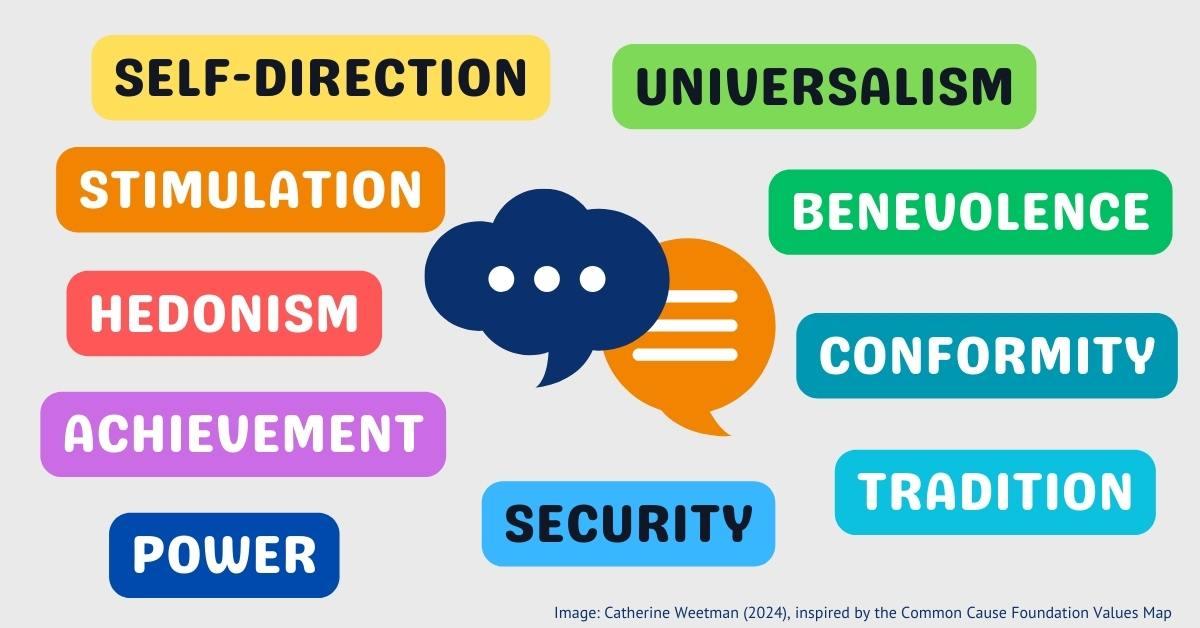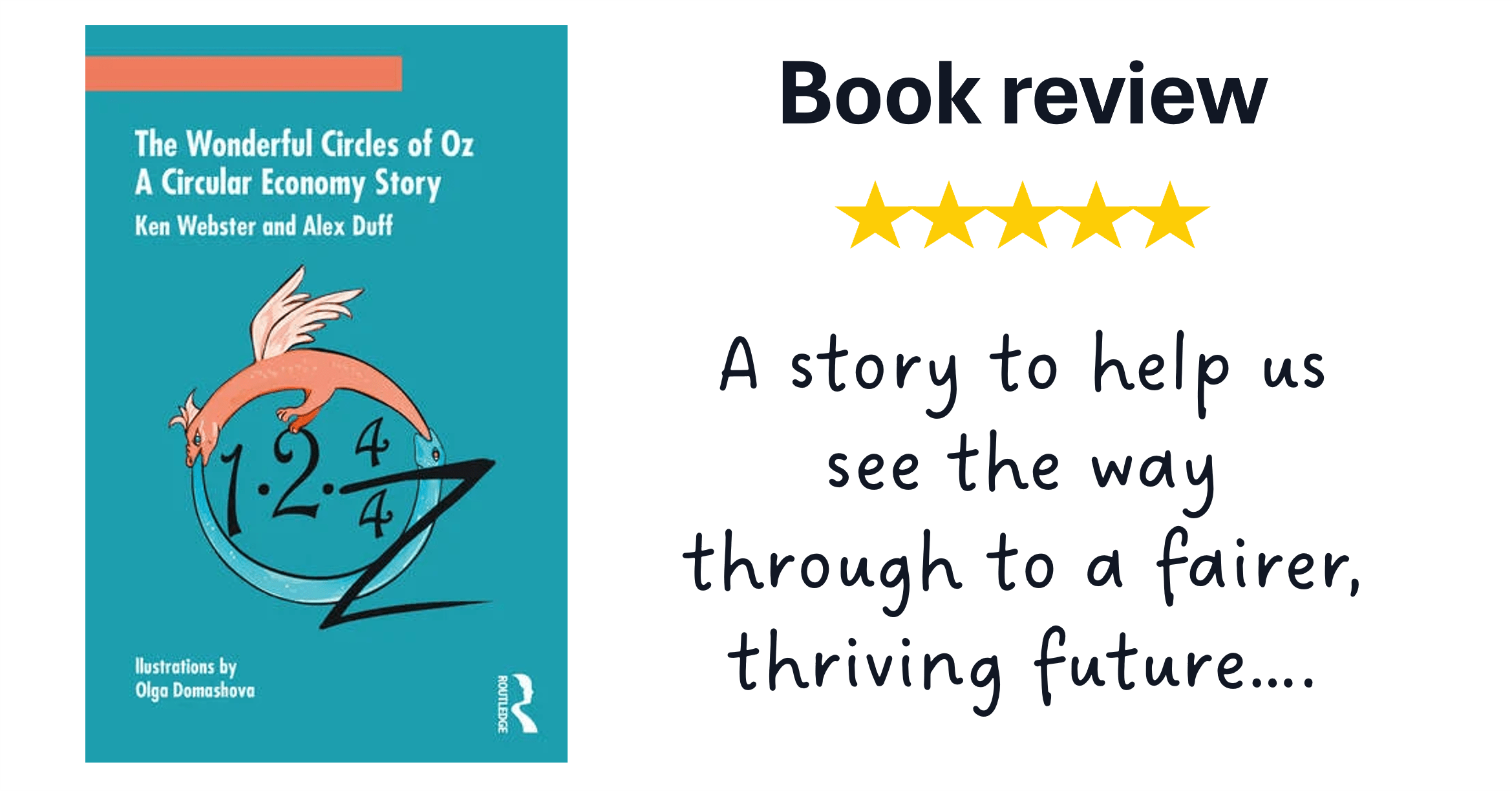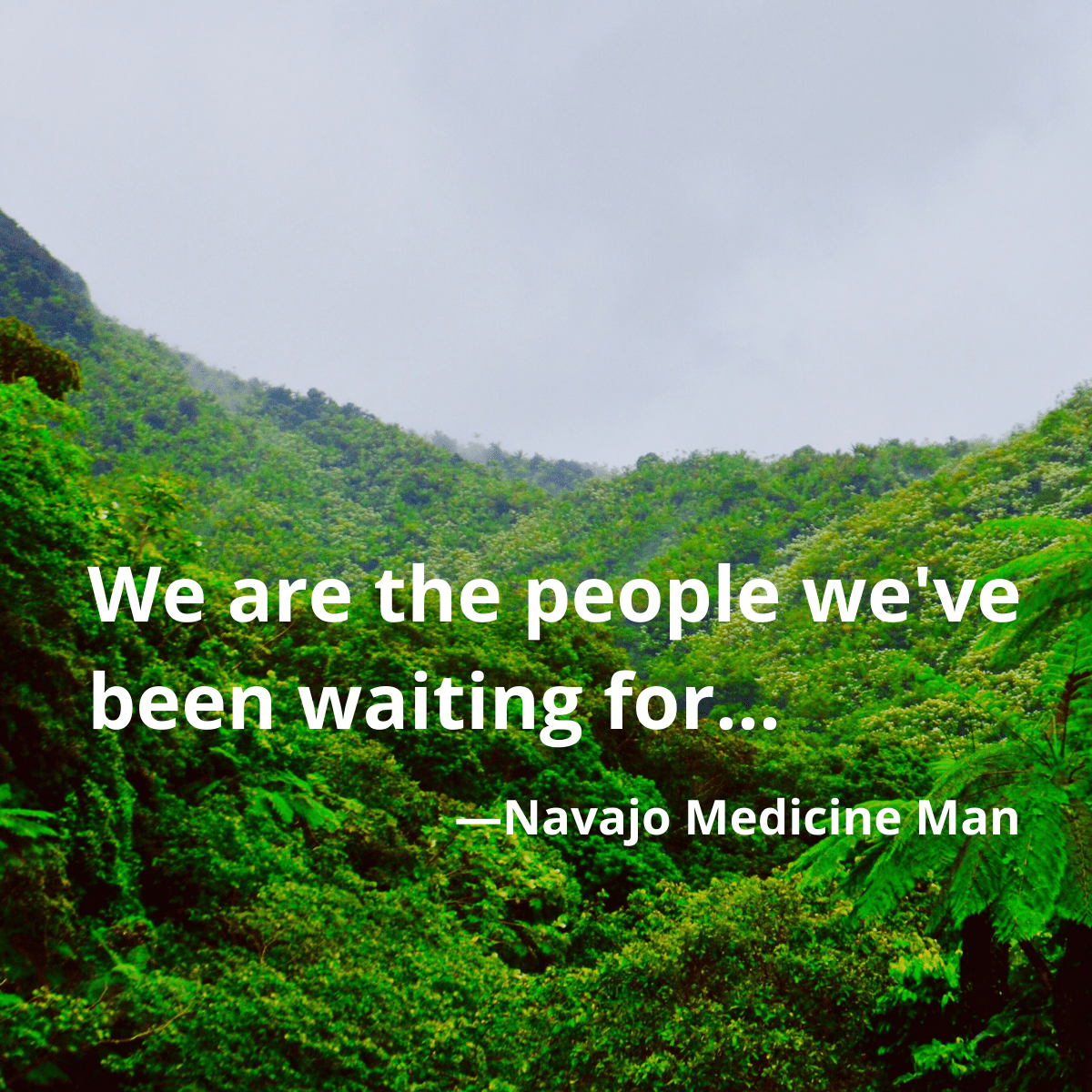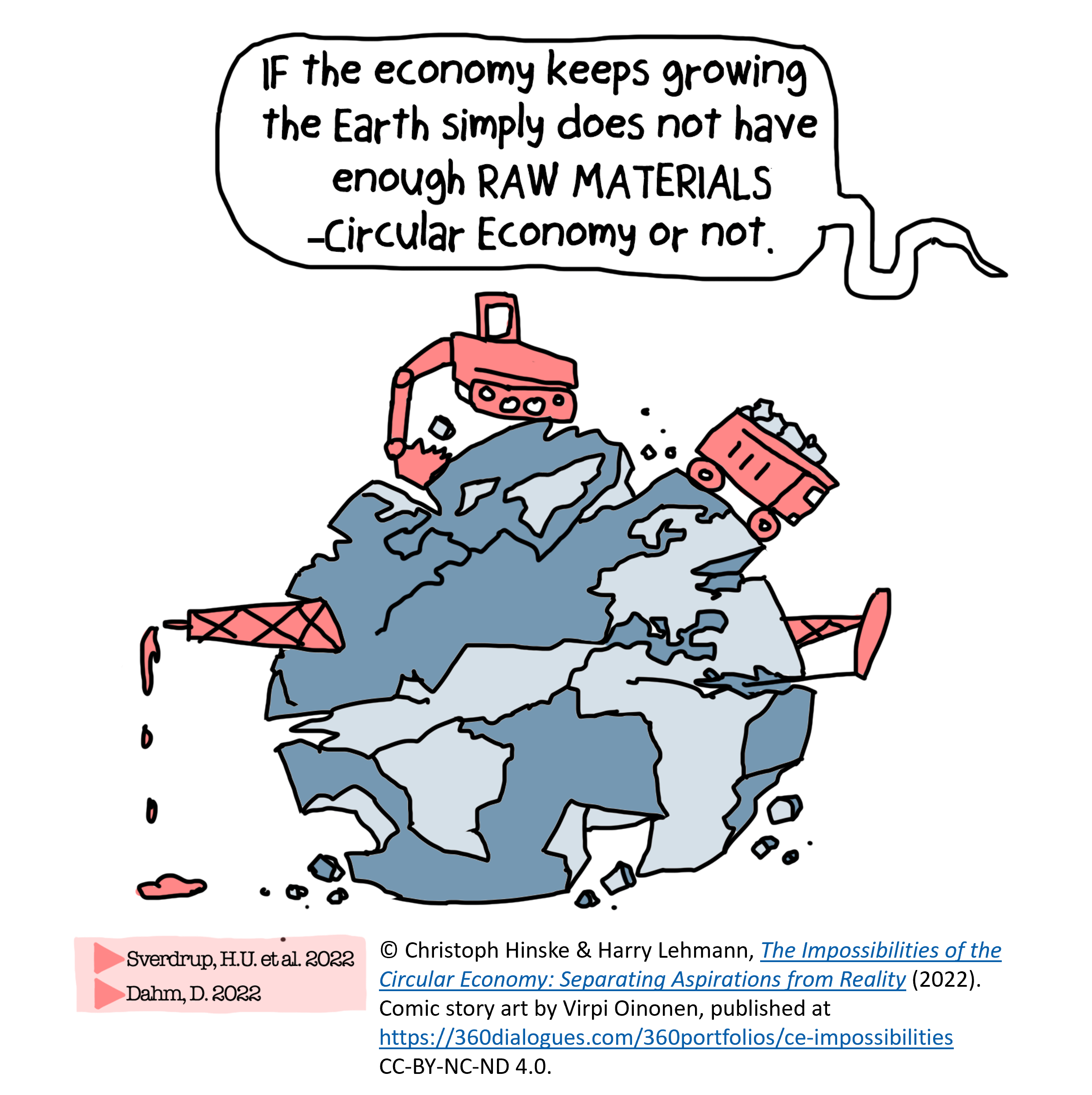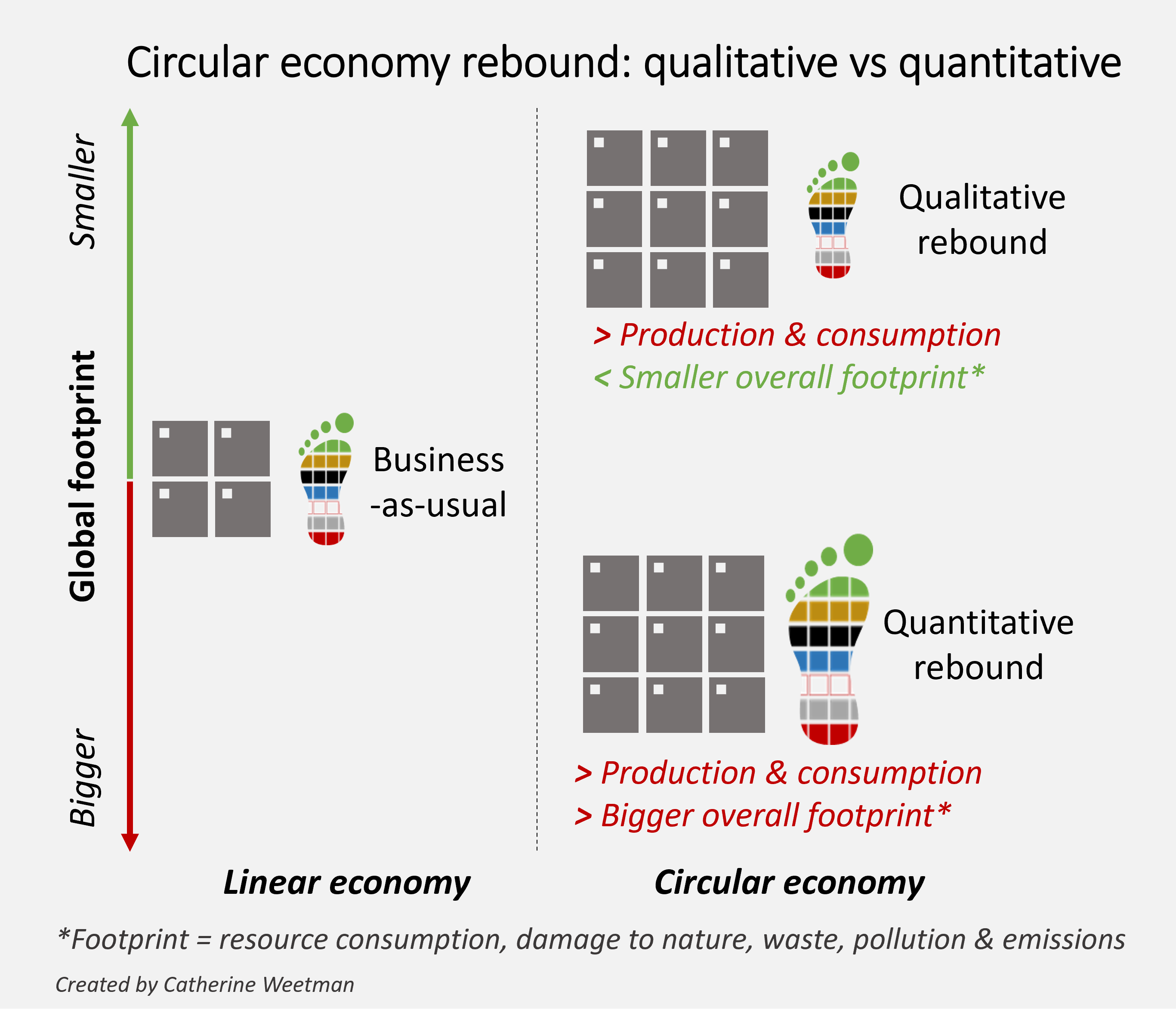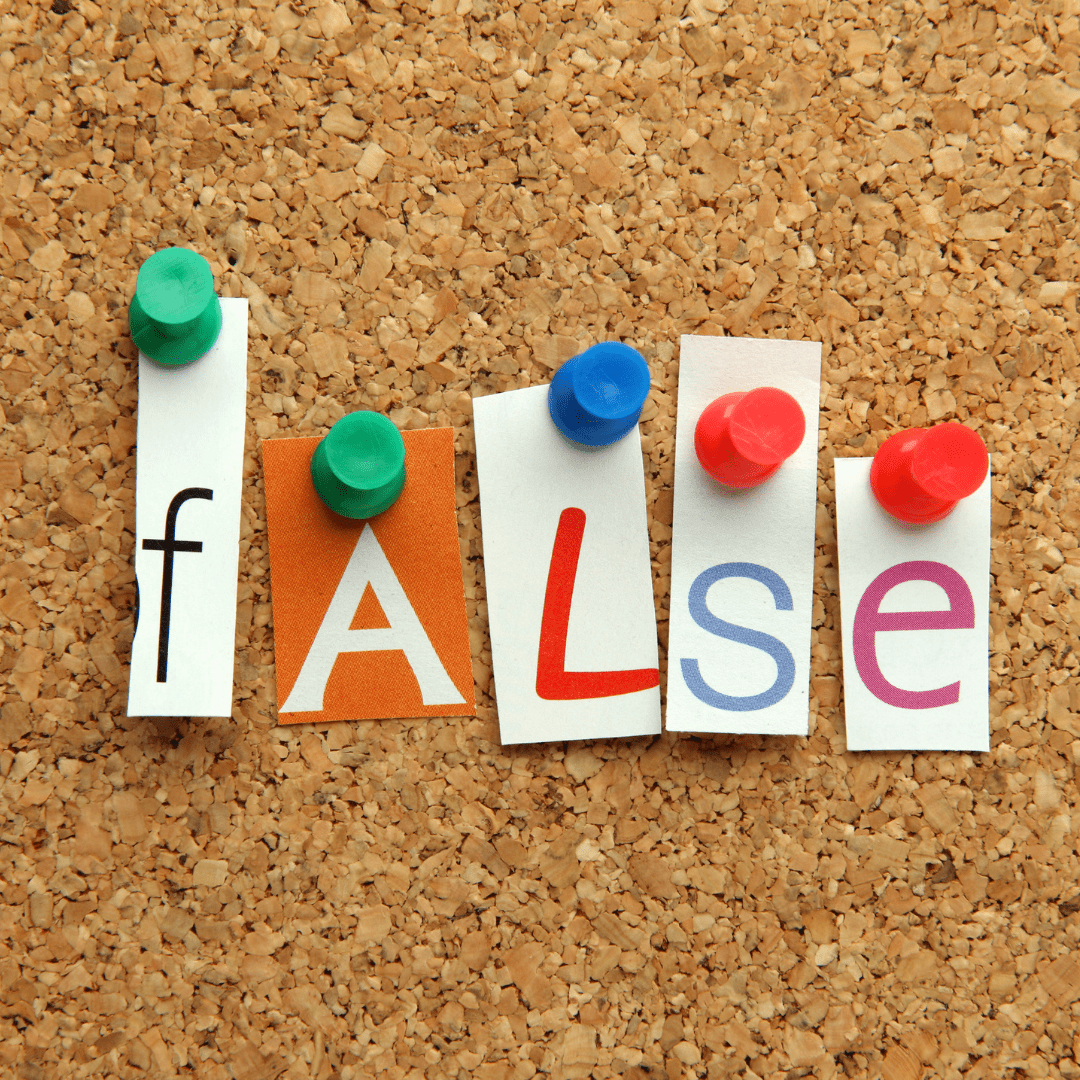7 minute read
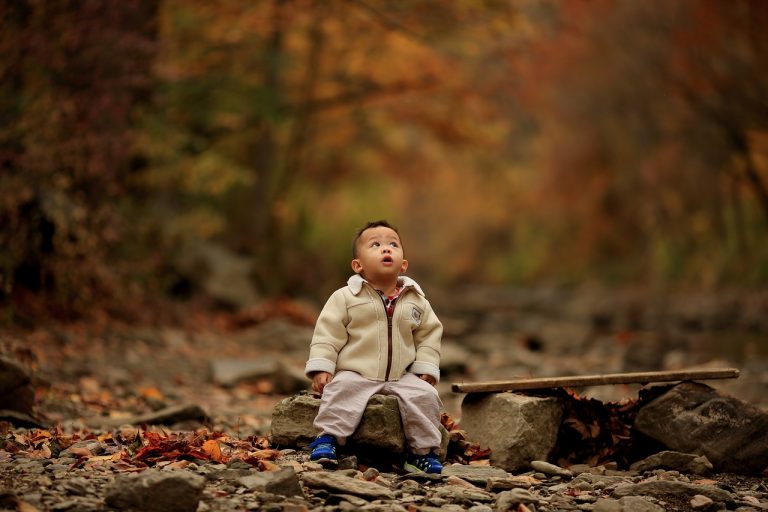
Eve Kekeh’s entrepreneurial journey started early, sparked by the vital ingredients of spotting a problem, empathy and curiosity. As she helped with babysitting and family chores for her younger siblings, she kept wondering ‘How can someone so small need so much stuff?’
Fast-forward a few years and Eve, living in the United States for a while, was one of the growing range of people all ages choosing to hire clothing (for everyday and special occasions) from companies like Rent the Runway (valued at over $1 billion in 2019).
Persuading people to purchase pointless possessions
Over the last few decades, as fashion brands (and their shareholders) push for revenue growth, the route to business success became ‘sell more’. For established businesses, this often becomes a ‘race to the bottom’. They might find ways to cut costs to crowd out competitors or invest in creating new trends, colours and designs to persuade us we ‘need’ yet another garment or accessory.
We can view the tactics through the ‘4 Ps’ of the Marketing Mix (created by E. Jerome McCarthy): product, price, placement and promotion (though perhaps the ‘5 Ps’ of my sub-heading are more accurate!)
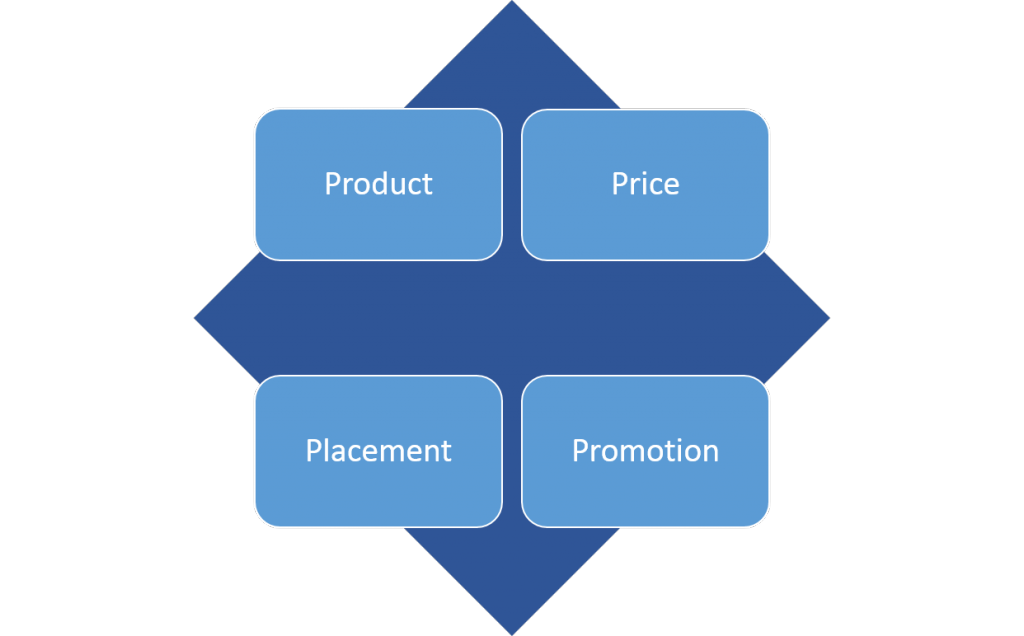
- Every product has a life-cycle [diffusion curve] and to stimulate the next wave of demand, fashion brands must keep ‘reinventing’ their products once each season’s ‘must-have’ product reaches the decline phase. Some brands, led by Zara, found ways to get new styles on sale in a continuous cycle throughout the year, either trend-led or ‘as seen on this celeb yesterday’.
- Others focused on price, offshoring to the next wave of low-cost producers, using cheaper fabrics and fasteners, spending less time testing sizing, fit and wearability and so on. However, that pressure on costs tempts businesses to dodge their responsibilities: ethical, safe employment conditions, ensuring safe chemicals and preventing pollution.
- Existing brands and startups thought about placement, creating new, more convenient ways to shop, using social media and other online options so that ‘see, buy, wear’ took hours, not days, and was delivered to your door. Supermarkets got in on the act too, competing on both price and placement (convenience): selling staples like t-shirts, sleepwear and underwear and expanding into ‘everyday fashion’ too.
- For promotion, marketing activity and effectiveness are transformed by social media, amplified at low cost by ‘influencers’ and people posting selfies of everyday outfits.
Fashion brands, low-cost operators and supermarkets all saw opportunities to sell more by expanding into babywear and children’s clothing. Brands could use classic marketing tactics, with the psychology of ‘keeping up with your peers’ or creating a fear of failure – ‘I’m not a good-enough parent if my baby doesn’t have a different outfit for each day of the week/looks trendy/wears this season’s colours/owns the ‘must-have’ brand names.
Rethinking our choices
So why are people keen on renting, borrowing, sharing and swapping clothing? As more of us take action on the climate and biodiversity emergency – which is inextricably linked to our ‘throughput’ or linear system of over-production, consumption and waste – we are starting to ask questions:
- Is this the best choice I can make – for my family, our planet, and wider society?
- Do I even need this?
- If I do, is there a smarter way to have access to it – so I can use it instead of owning it?
Many of us, especially in the global North, are noticing all our under-used ‘stuff’. A survey of 2,000 parents with youngsters aged under 18 found 71 per cent have held on to clothes they are unlikely to use again. It’s not so long ago – certainly in the 1970’s – that swapping and passing on baby clothes, toys, prams and other ‘equipment’ was common in many communities and extended families. What’s happened? Some of the blame can be levelled at that sophisticated marketing, convincing us that new and more is necessary (desires are needs). On top of that, pressure on families to maximise income, together with the decline of stable, well-connected communities as people move away to seek work, means people have less time to socialise and get to know their neighbours, weakening those local networks.
Circular startups leading the way
Now, people want to play their part in creating a better world. Perhaps unsurprisingly, this is especially important for new parents, conscious of their children’s futures.
In an article for inews, Genevieve Roberts says that baby items may be kept because they hold memories. However, she warns that holding onto things for sentimental value feels misjudged when scientists are warning us that we may already have crossed climate [and ecological] tipping points. She mentions Onloan and MyWardrobe HQ that offer clothes by some of Europe’s most coveted designers, Hirestreet allows you to rent an outfit for less than £1 a day. High-street brands, such as Urban Outfitters, are offering rental, and H&M announced a trial at its Stockholm store in 2019. Pioneers in clothing rental include Rent the Runway in the US, and Girl Meets Dress in the UK.
Babies outgrow seven clothing sizes in the first two years, and environmental charity Hubbub found that the average UK family spends £11,000 on clothing a child. Developing more cost-effective, less wasteful approaches seemed to be a promising opportunity. Some designers are developing innovative solutions for babywear, such as PetitPli, inspired by space engineering and origami, or the adjustable clothes from Beya Made in the US, designed to fit for three times longer than most designs.
Realising that renting clothes had quickly become normalised, Eve Kekeh wondered ‘why not baby clothes?’ Eve’s Master’s degree in Enterprise at Manchester helped structure her thinking on user needs, problem identification and business model options. She decided to pilot a circular economy approach for baby clothing rental with six families, using a ‘concierge approach’ – running around the shops to source suitable clothing for each new stage of the babies’ growth. Bundlee was born!
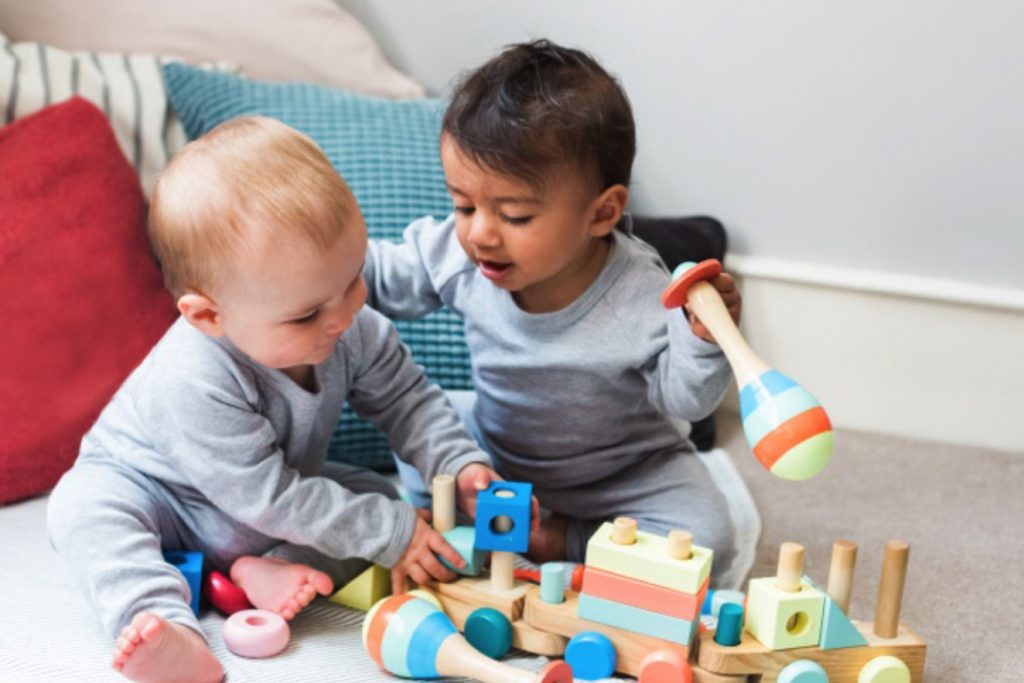
Better for people, planet and profitable business
Why are circular approaches such as renting, subscriptions and swapping a better choice for users? Re-using ‘pre-loved’ or ‘lightly used’ makes higher quality clothes more affordable, and means investing less in outfits that may only be worn for a few short months. Busy parents can save time too, avoiding the need to shop around for the next batch of clothing as each age range is outgrown.
A circular economy creates material ‘loops’ so we can use, instead of consuming; get more from less; then conserve and regenerate materials for another cycle.
These systems of reuse help us get more from less, by ‘intensifying the loop’. Reusing products, typically through reselling, sharing, renting, pay per use and so on, makes the products and its materials work harder for us, so we get more value out of them. In the new edition of the Circular Economy Handbook (due out by mid-2020), I’ve updated my Circular Economy Framework to build on the latest circular business model research, with three core strategies:
- Slow the flow of materials through our systems, by keeping products in use for longer
- Intensify the loop, by sharing, renting, subscriptions and so on, so we get more use out of the product and materials
- Close the loop and regenerate, to recover and recreate the materials we need for the next product lifecycle.
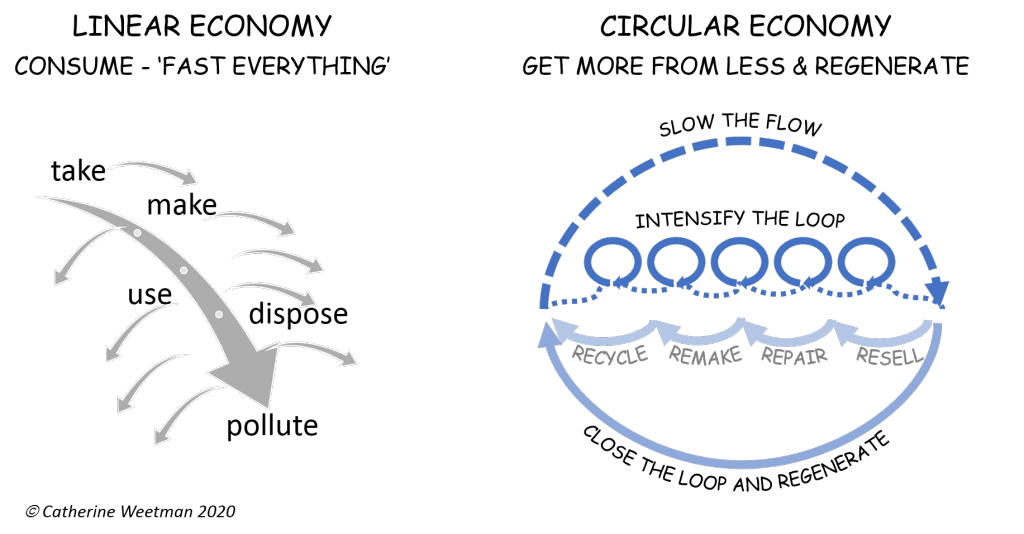
A supporting strategy can underpin those three, to help us use less overall. We can ‘narrow the loop’, through better design, more efficient processes, or by eliminating the need for a material, product or process. In short, circular businesses should aim to do more good (rather than ‘less bad’).
Bundlee steps forward
After the pilot, with lots of delighted subscribers, Bundlee launched in 2019. Eve Kekeh says parents find Bundlee is better value for money and the (specially made) clothes are higher quality – and the benefit they value most is its sustainability. By keeping those clothes in the loop for several cycles of use and reuse, we get more out of everything that went into making them: the materials, water, process chemicals, energy, labour and transport. Once the clothes no longer meet Bundlee’s high-quality standards, they are recycled by a specialist textile processor, ensuring they don’t end up in landfill (with natural fibres creating methane and other Greenhouse Gases as they decay, and polyester and other synthetics eventually breaking down into microfibres that are absorbed into soil, water and our food chain).
With Bundlee, Eve Kekeh found that her customers provided fantastic (and free) word-of-mouth marketing. They are overjoyed to find a sustainable solution to fit their values and parental responsibilities, and to find that the clothes are well-made from quality materials, and provide better value for money. Eve calculates that each Bundlee rented saves 40,500 litres of water, 105kg of carbon dioxide and an average of £66.
You can hear more about Bundlee and Eve’s top tips for circular economy startups in Episode 18 of the Circular Economy Podcast.
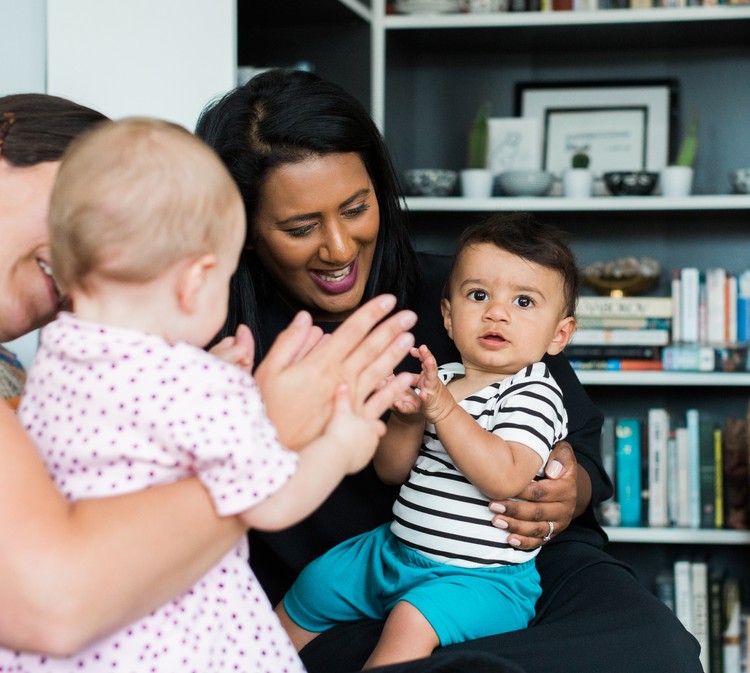
As a business model for success, circular beats linear
As we saw earlier, those businesses stuck in the linear mindset of ‘sell more’ are constantly under pressure to create new demand. They have to invest in new designs or product ranges, lower their prices, or find ways to make it easier for people to buy their products (free same-day deliveries anyone?). Above all, they have to spend more on marketing so they keep being noticed in an increasingly noisy marketplace. All those tactics add cost pressure, so margins, quality, suppliers (and ethics) can get squeezed.
In contrast, circular businesses solve their customers’ needs in a smarter and more sustainable way, generating deep levels of customer trust and loyalty. Customers gain the use of high-quality products, better value for money, convenience, and don’t have the hassle of finding ways to pass them on to avoid waste. The upshot is reduced pressure on land, water and ecosystems, less pollution and waste, and making a better quality product can fund ethical, responsible supply chains and safe materials.
What do you think? Are you thinking about renting clothes? Do you already?
Learn more about circular economy clothing options in Episode 11 of the Circular Economy Podcast, with Izzie Eriksen of ApparelXchange.
Catherine Weetman advises businesses, gives workshops & talks, and writes about the circular economy. Her award-winning Circular Economy Handbook explains the concept and practicalities, in plain English, with real examples and tips on getting started.
To find out more about the circular economy, why not listen to Episode 1 of the Circular Economy Podcast, read our guide: What is the Circular Economy, or stay in touch to get the latest episode and insights, straight to your inbox…
